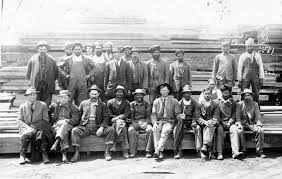BHAGVANT SINGH HARIJI, BHAI (1892-1968), a lover of game, horticulturist and scholar, was born on 15 February 1892 to the erudition of his celebrated father, Bhai Kahn Singh, of Nabha, the creator of the immortal Gurushabad Ratnakar Mahan Kosh. Unobtrusively, and in his characteristically gentle and self abnegating manner, Bhagvant Singh carried the family learning into the second generation. His home provided the best education then available to a young man, though he did attend formally the Khalsa College at Amritsar, then the premier educational institution of the Sikhs.
BALBIR SINGH (1894-1974) Dr. Balbir Singh is an eminent thinker and expositor of Sikh literature. He is a man of much learning, both of eastern and western philosophy, besides a teacher of botany. His essays are available in collections like Charan Hari Visthar (Detailed account of Charan Singh) about his father, Dr. Charan Singh whose contribution to Punjabi literature has been noticed.
NIRANJAN SINGH, PROFESSOR (1892-1979), educationist and writer, was born in 1892, the youngest of the five sons of Bhai Gopi Chand and Mai Mulan Devi, a Sahijdhari Sikh couple of the village of Harial in Gu|jarkhan tahsil, Rawalpindi district (now in Pakistan). His father died in 1901 and his brothers, Ganga Singh and the one who became famous as Master Tara Singh, took charge of him and supported him through school. After his primary classes in the village school, Niranjan Singh came to Amritsar where he matriculated at the Khalsa Collegiate School and passed his M.Sc. (chemistry) from the Khalsa College in 1916.
S.S. Wanjara Bedi was born at Sialkot, now in Pakistan. He did his M.A. in Punjabi from the Punjabi University and Ph.D. from the University of Delhi. He worked in a bank early in his career and senior lecturer of Dayal Singh college, Delhi. He edited Fateh a weekly and Pritam a monthly magazine from 1949-1952. Bedi has written some eighty books, which includes three collections of poems, five books on literary criticism and some books on folklore on Punjab.






